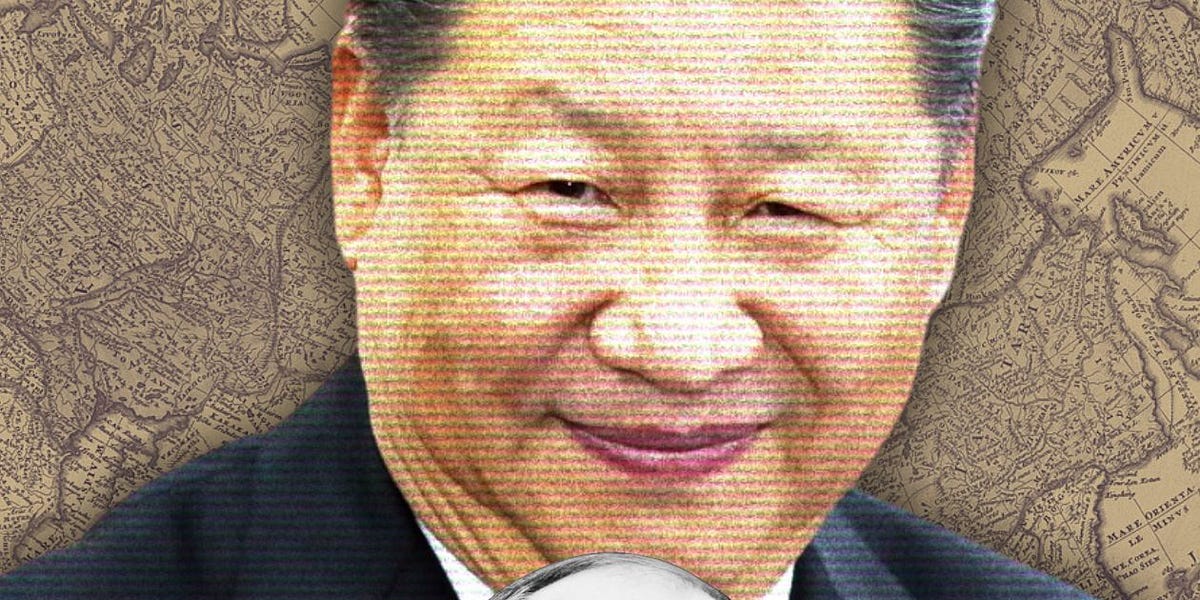China’s regime has good reason to be worried about the mood of the Chinese people.
The warning signs were plain to see. Due to the
extraordinary Covid lockdowns and the subsequent failure of the economy to recover,
people began withdrawing from society in large numbers. For many Chinese, it was the first time they had ever
experienced a downturn. The last officially recognised recession had occurred in 1976.
“‘Lying flat,’ ‘Buddha whatever,’ ‘Kong Yijiism,’ ‘involution’ –
China today has so many memes for opting out,” wrote the University of Pennsylvania’s Victor Mair in his July 2023 Language Log posting titled “The Growing Supinity of Chinese Youth”. Since then,
young Chinese have also been “retiring” by leaving cities and taking up farming.
Pessimism – even nihilism – accounts for the large number of Chinese people leaving their country for good and for the
precipitous drop in birth rates. According to one estimate,
China’s total fertility rate last year was just 1.03, well below the replacement rate of 2.1. “In this country, to love your child is to never let him be born in the first place,” read a comment posted on a Chinese site in 2023.
Young Chinese, who refuse to have children, are calling themselves “the last generation”.
Many argue that the
Communist Party’s sophisticated social controls can keep the populace in line indefinitely, but
the price of severe repression is volatility. The Chinese population, who most of the time have accepted repression, have periodically and unexpectedly exploded.
Beginning in October 2022, for instance, large numbers of workers suddenly fled a Chinese manufacturing complex making iPhones in Zhengzhou, in central China. That incident was followed by spontaneous protests across the country. In November, chants of “Step down, Xi Jinping” were heard on the streets of Shanghai.
Eventually, the demonstrations died down, but the people of the People’s Republic have a greater willingness to protest than is sometimes imagined. The Communist Party, as a result, feels insecure. That’s especially true now as Trump’s tariffs have hit Chinese workers hard. The US, after counting rerouted goods, takes almost 21 per cent of China’s exports. Export-oriented factories are reported to be closing and worker protests are said to have become common across the country.
The regime fears mass protests because the Chinese people, even in calm times, have a history of acting in concert. Last June, four female college students in Zhengzhou decided to take an overnight 50-km bike ride to Kaifeng for soup dumplings. The craze caught on, and in November tens of thousands were making the overnight treks. Authorities tried to limit the number of riders, and there were even reports that colleges and universities were restricting students from congregating and participating, but to little avail.
Meanwhile,
Xi Jinping’s grip on the Communist Party may be weakening. Xi’s hatchet man in the military, General He Weidong, has not been seen in public since early March, and may have been sacked. Other indications suggest that Xi is no longer in full control of the military, having lost influence to General Zhang Youxia, vice-chairman of the Party’s Central Military Commission and China’s number one uniformed officer.
There are also signs that Xi is facing stiff opposition in the senior civilian ranks of the party.









